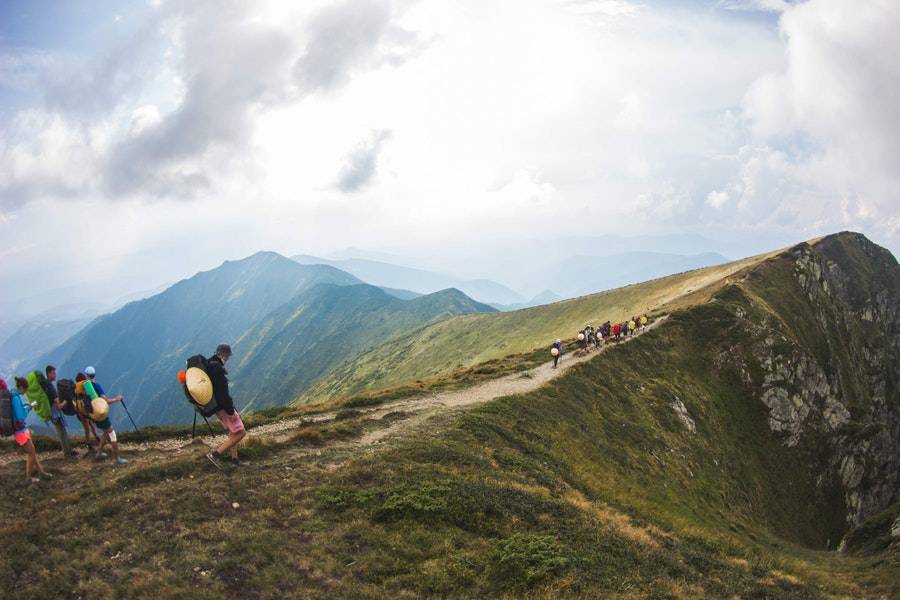Altitude sickness – Tips to combat it on the Kilimanjaro climb
Tips to combat it on the Kilimanjaro climb
Altitude sickness can strike even the most experienced mountain walkers, as it can be caused by so many different factors (not just the height at which you’re walking). If you’re planning a big climb – like the trek up Kilimanjaro – you need to be prepared to deal with altitude sickness.
While it’s by no means guaranteed that you’ll experience the negative effects of hiking so far above sea level, it is one of the main reasons why people fail to complete their summit attempts. So, with that in mind, here are some tips to help you enjoy your Kilimanjaro climb and (hopefully) avoid altitude sickness.
What are the symptoms of altitude sickness?
Before you start looking at ways of preventing altitude sickness, it’s advisable to know what its typical symptoms are – otherwise, you won’t necessarily realize that this is the problem.
In its mildest form, it will usually involve one or more of the following: feeling nauseous, a headache, dizziness, shortness of breath, insomnia, tiredness, and an increased heart rate. In severe cases, it can lead to vomiting, a really bad headache, constant breathlessness, double vision, confusion, and coughing up a pink, frothy liquid.
You shouldn’t let yourself get to the more serious end of the spectrum – always stop and, if necessary, descend before you reach this point.
What can you do before you travel?
One of the best ways to reduce your chances of suffering from altitude sickness is to make sure you are fit enough to undertake the Kilimanjaro climb before you go. Regularly going hill walking, exposing your body to higher than normal altitudes, and embarking on a training regime that involves cardiovascular exercise can all help.
For a big climb like Kilimanjaro, you ideally want to begin preparing at least two months before you plan to travel. This kind of training will also have the additional bonus of ensuring you’re generally in better shape, meaning you’re less likely to suffer from aches and pains during the ascent.
What to do on the mountain
Dehydration and ascending too quickly are among the leading causes of altitude sickness, so avoid both of these things! Make sure you drink a lot when you’re trekking up Kilimanjaro – at least three to four liters per day are recommended. Also, avoid alcohol in the days leading up to your climb and while you’re on the mountain itself.
In terms of ascending too quickly, there are two things you need to do. Firstly, get at a steady pace yourself and resist the urge to power ahead. Some people find that walking poles help them to stick to a slower rhythm, but you should use whatever method works for you.
Secondly, choose a tour operator that gives you a reasonable amount of time on the mountain to acclimatize – typically you should allow at least five days for the climb. As there are six routes up Kilimanjaro, you will have several options in terms of the duration of your hike. There’s more information about some of these treks here.
Pick one that gives you plenty of time to acclimatize and go with a tour company that includes acclimatization stops in its itinerary. The Lemosho route is a good choice if altitude sickness is a concern, as you have eight days on the mountain and ascend more slowly than on other trails, giving you more time to get used to the high altitude.
Another option is to take acetazolamide (Diamox) – a drug that is used to lessen the effects of altitude sickness and that can prevent it from occurring. It works by altering the chemical balance in your blood, so it is not suitable for everyone.



